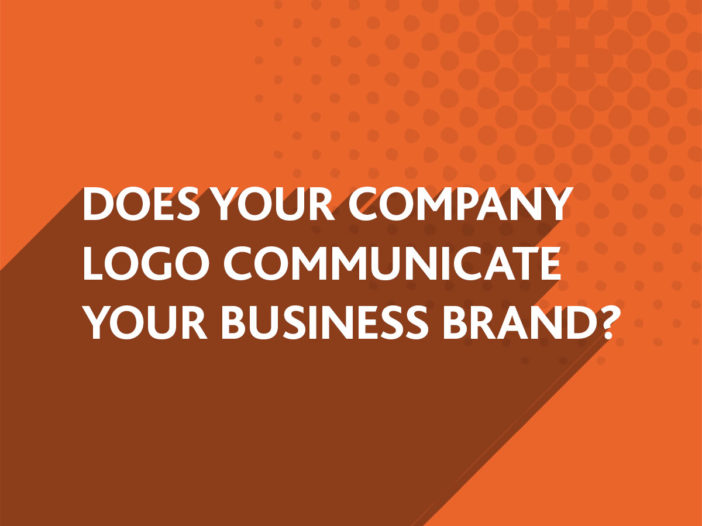
Ask yourself; does your company logo communicate your business?
With many logo designers, there is a lot of confusion regarding what constitutes a company’s brand. Many inexperienced logo designers think the company logo is the brand so there is a tendency to merge the concepts of brand, corporate identity, and image into a single package that must then be conveyed through the logo.
In truth, your company’s brand, identity, and image are all separate facets of its market presence. Each plays an important role in positioning your business in front of your target audience. Your logo is responsible for communicating elements of each, but only in a limited fashion.
Let’s take a closer look at how these pieces fit together.
Branding Explored
The concept of a brand is complex, and I will only touch upon the surface issues related directly to logo design. Many mistake a business’s brand as the icon, emblem or image with which they are most familiar (e.g. the ‘tick’ or ‘swoosh’ graphic for Nike). From this misconception, it’s understandable that so many would consider a business’s brand and logo identical. But the two are entirely different.
Your brand represents how a person feels toward your company. It’s an emotional reaction. It includes beliefs, attitudes, and feelings regarding your business and its values. From this, it follows that your brand is actually based on your market’s perception of your company. This is an area in which your logo can have a major influence.
For example, the colours you use in your logo convey specific ideas, which in turn trigger thoughts and feelings with your audience. The icons or symbols within the logo design also play a role, as does the font or typeface. When a person sees your logo, they recall the feelings they harbour for your company (whether good or bad). You can influence their perceptions with your design. While your logo is not your brand, it can evoke the emotions people have for your company.
What Makes A Company Identity?
Your company’s identity represents how people perceive your image. It includes your values, personality, industry longevity, and many other attributes. It is comprised of all the visible elements to which your target market is exposed. For example, it includes your stationery, packaging, promotional displays, brochures, business cards and of course, your logo. Any visual presentation contributes to your business’s overall identity.
Because certain visual devices play a key role in how an identity forms, companies usually dictate the ways in which they can be used. They set guidelines, which might include official colours, fonts, typefaces, and similar elements. By regulating the use of these devices, companies can maintain a level of consistency with their identity.
Logos Provide Instant Recognition
So, where does this leave your logo? Does your company logo communicate? If your brand signifies how people feel about your company, and your identity reflects how they perceive your image, what is the job of your company’s logo? At its simplest, its job is to help people identify your company. Within a moment of seeing it, a person should be able to instantly recall your brand and identity. Your logo symbolizes both and provides a bridge between them.
In some cases, this immediate recognition is triggered by a single symbol. For example, the very simple apple logo. Its clean, crisp and easily recognisable without having the company name written underneath it. Immediately the symbol is seen, it produces thoughts of innovation, reliability and trust.
Realise that your logo does not equal your brand, instead, it supports your brand and identity, providing a connection between them. This is a key distinction that will help you achieve a memorable logo that triggers an immediate and emotional response.
If you are looking for a new or refreshed logo design, corporate identity or new business branding then contact BlueFlameDesign today.
